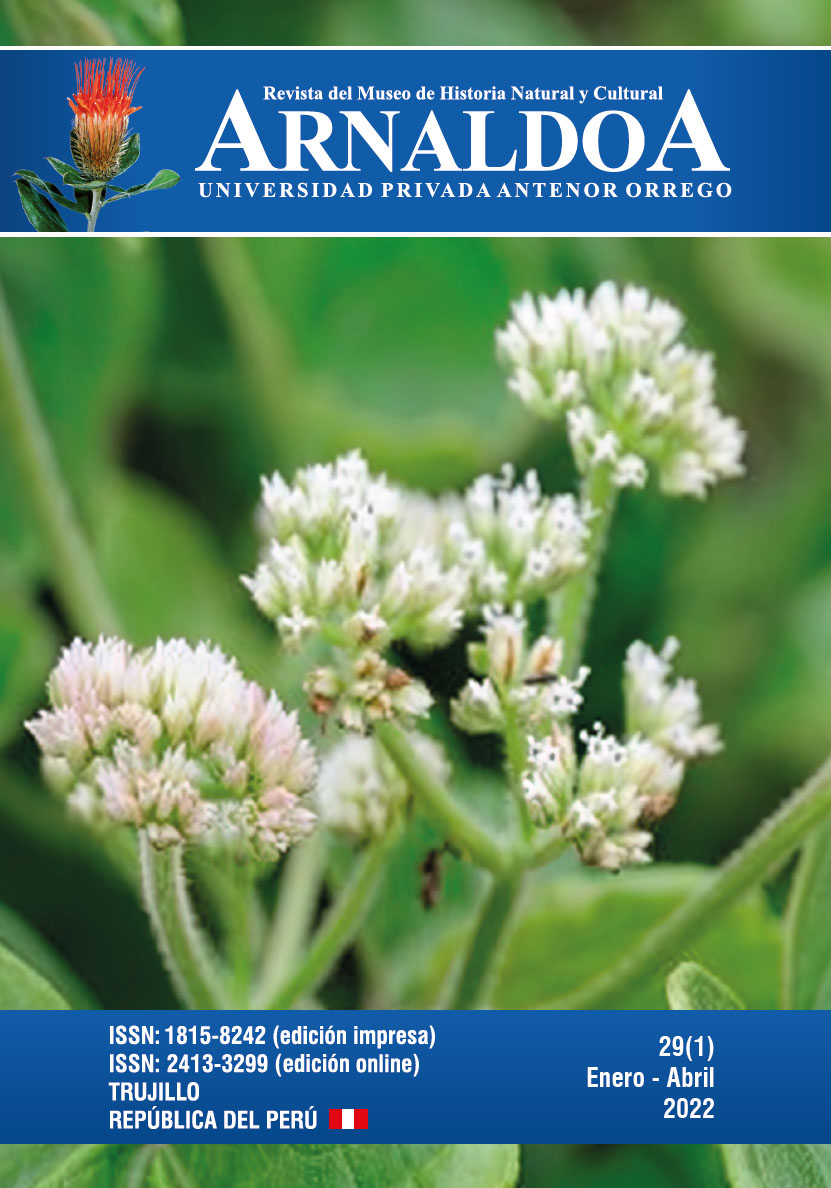Quantification of Cu, Pb, As and Cd absorbed by the “sunflower” Helianthus annus L. (Asteraceae) present in agricultural soils contaminated by mining tailings
DOI:
https://doi.org/10.22497/1652Keywords:
relaves, “girasolâ€, bioconcentración, fitorremediaciónAbstract
Pollution produced by the mining industry, which are stored in systems known as relaveras, as well as direct dumping into rivers and subsequent use of water resources in agriculture, is one of the most dangerous forms of affecting water and agricultural ecosystems ; So the present research tries to quantify the amount of Cu, Cd, Pb and As absorbed by the root, stem and leaves of the Helianthus annus L. (Asteraceae) sunflower using soils contaminated by tailings material from the Samne area. Absorption of the heavy metals copper, cadmium, lead and arsenic present in agricultural soil samples containing 25, 50,75 and 100% of tailings absorbed by sunflower was determined; Following the methodology proposed by Aquino et al. 1989. The results showed that the bioconcentration values of the heavy metals Cu, Cd, Pb and As followed the following trend: Cu> As> Pb> Cd and that the bioremediation effect was higher for the copper heavy metal; As well as drastic saturation occurred at the level of cadmium and lead metals, and that the root was the organ of the plant with the greatest power of phytoremediation
Downloads
Downloads
Published
Issue
Section
License
By submitting a paper to the journal, it is understood that the authors agree to transfer the publication rights to the journal once it is accepted.
It is permitted to share and adapt the contents of this journal in any medium or format always if the original source is properly cited and there are not commercial purposes.







